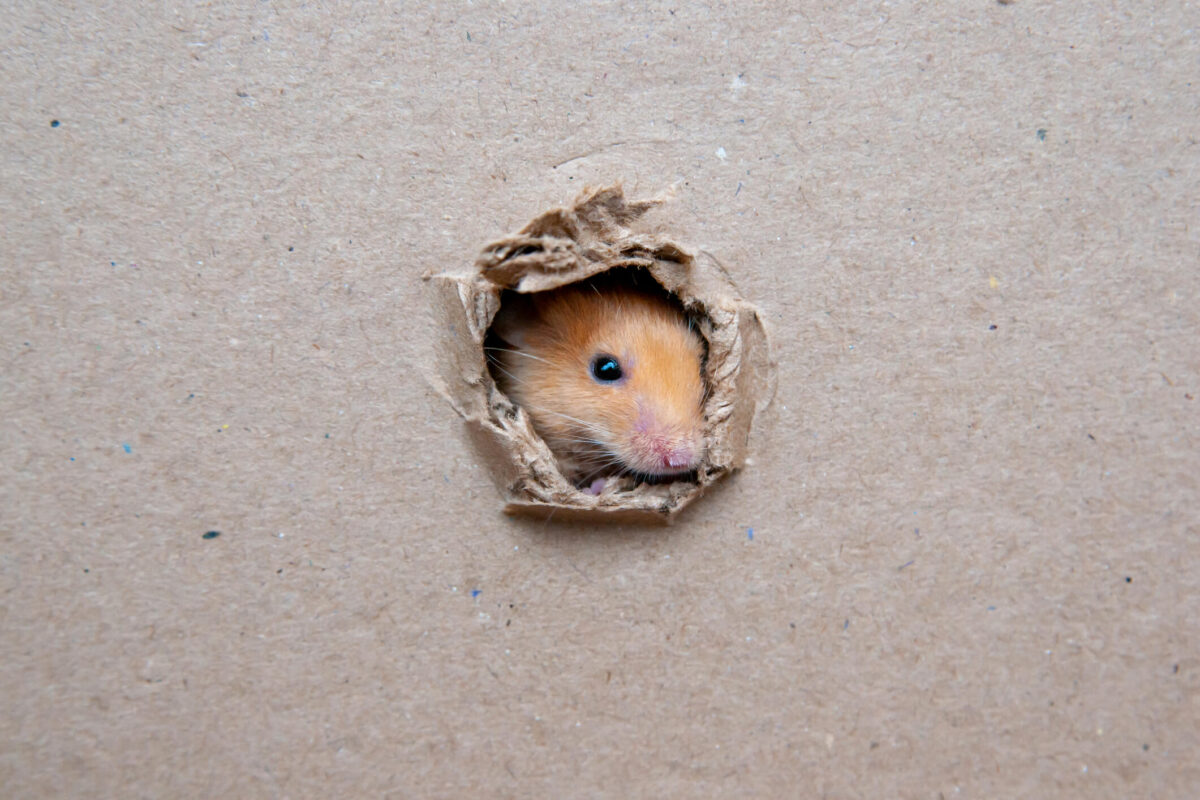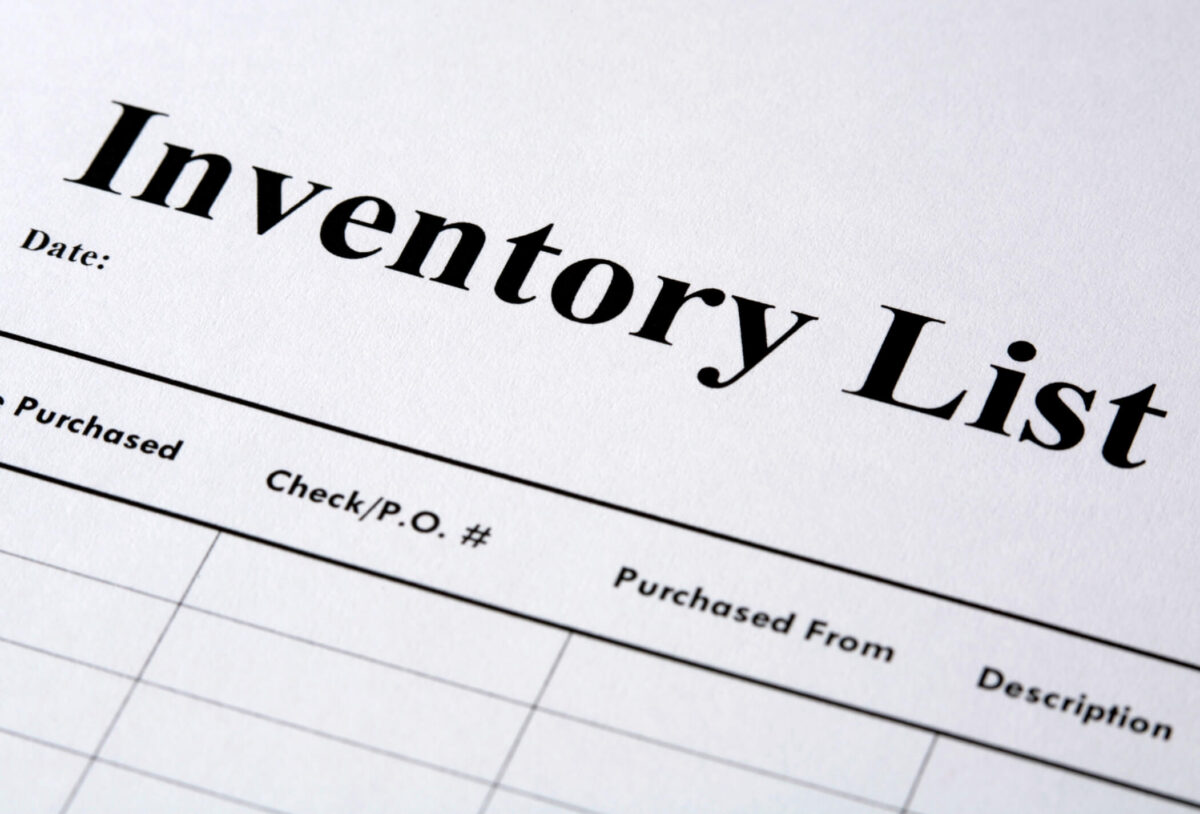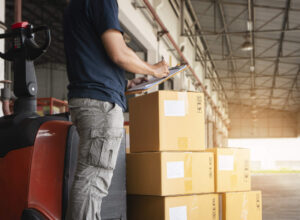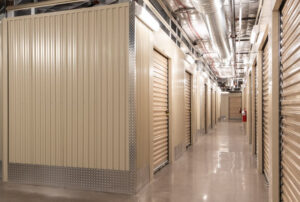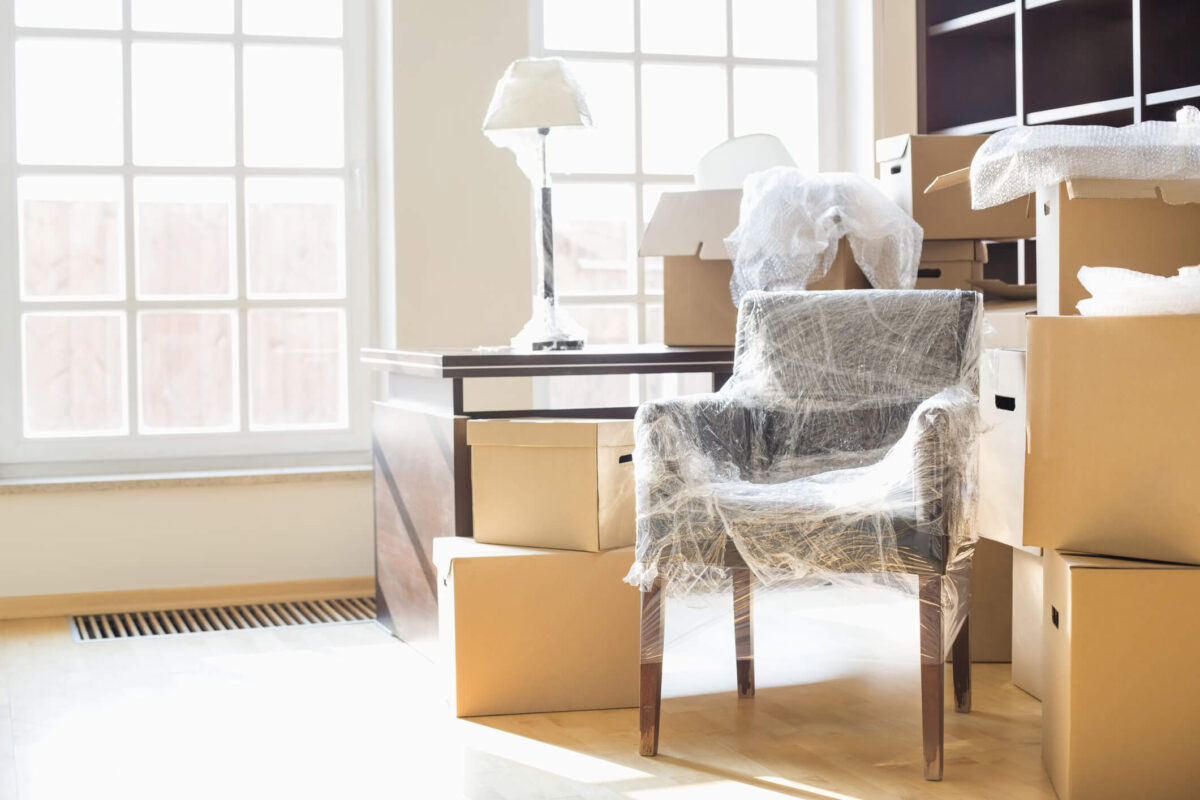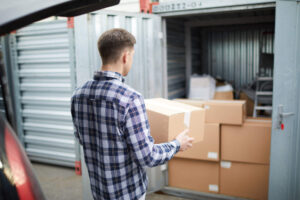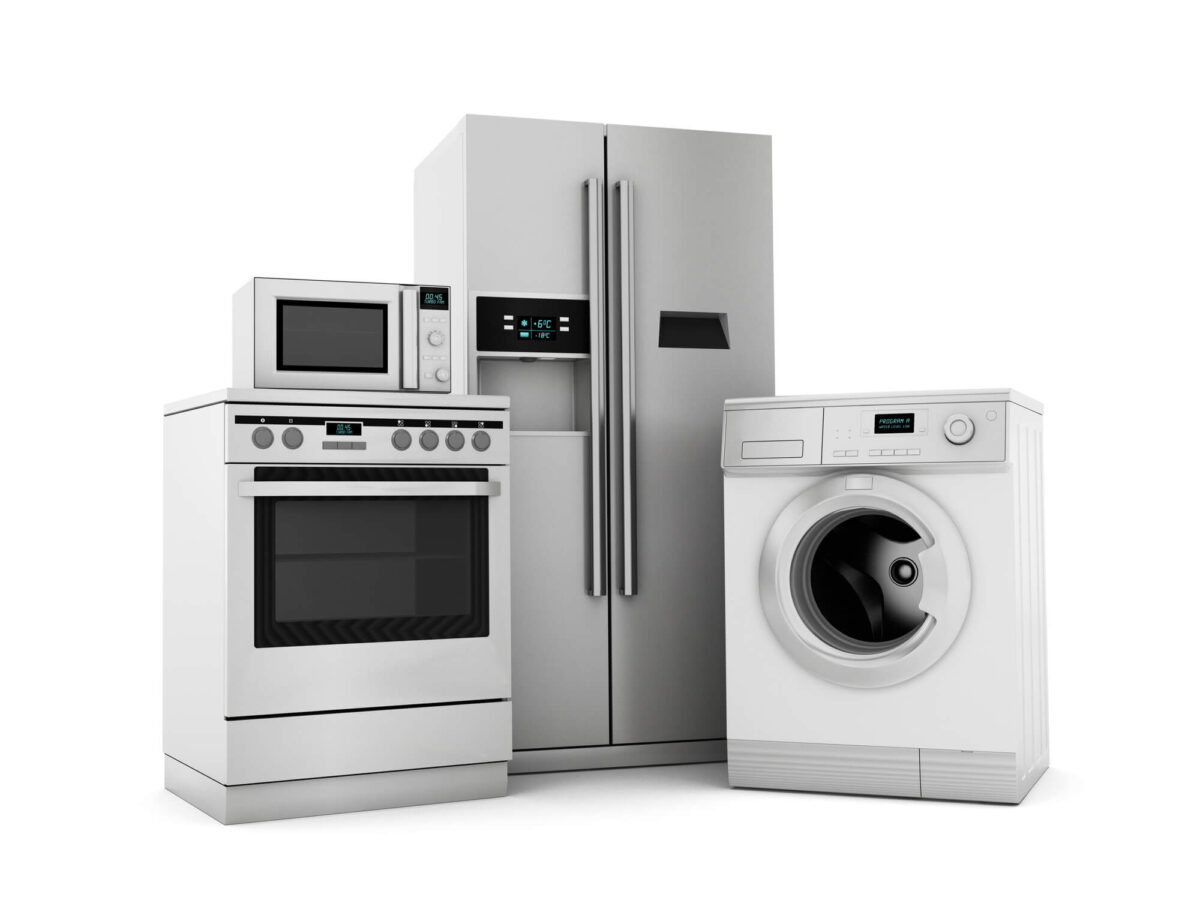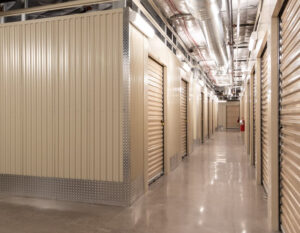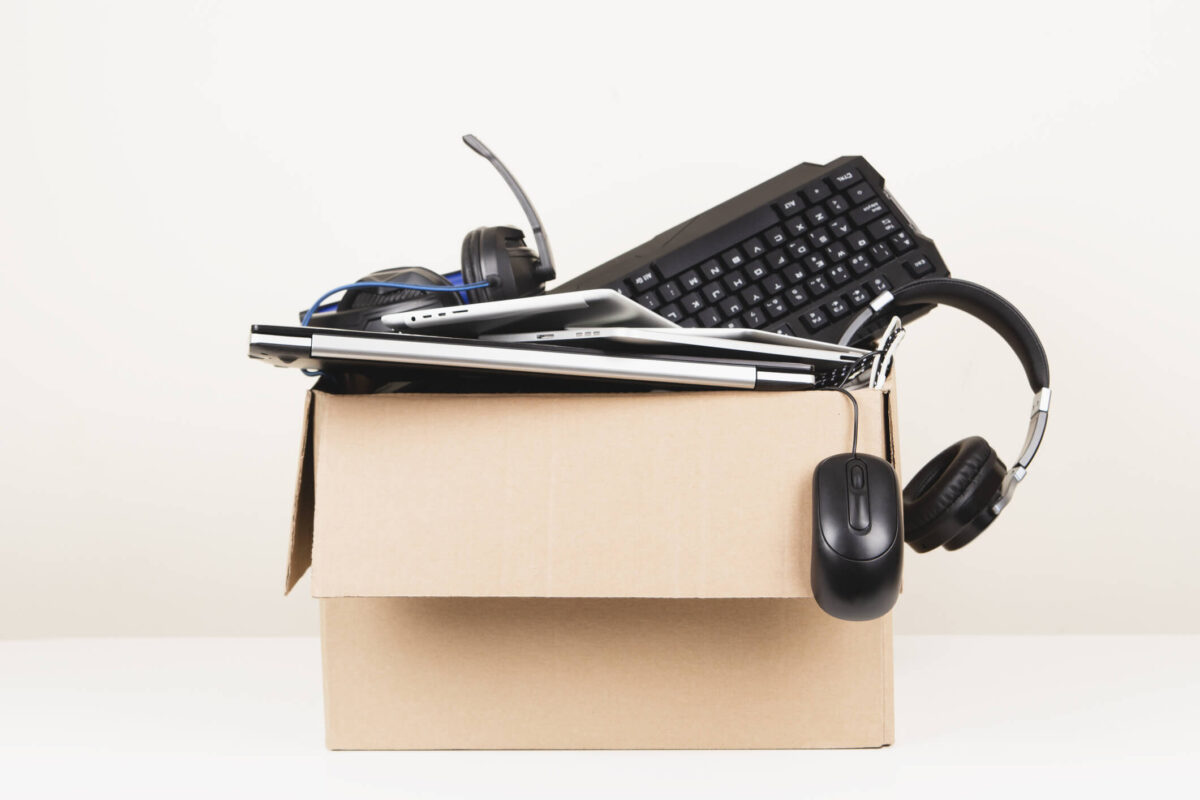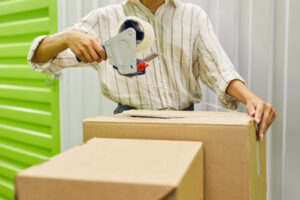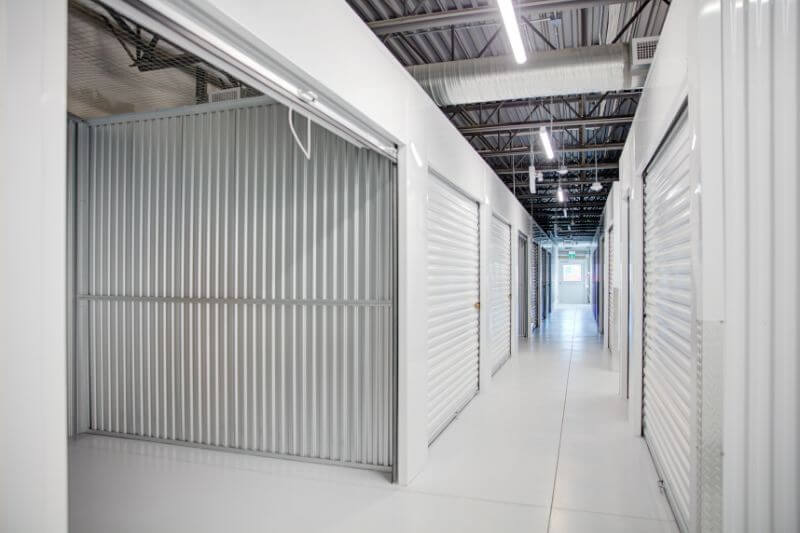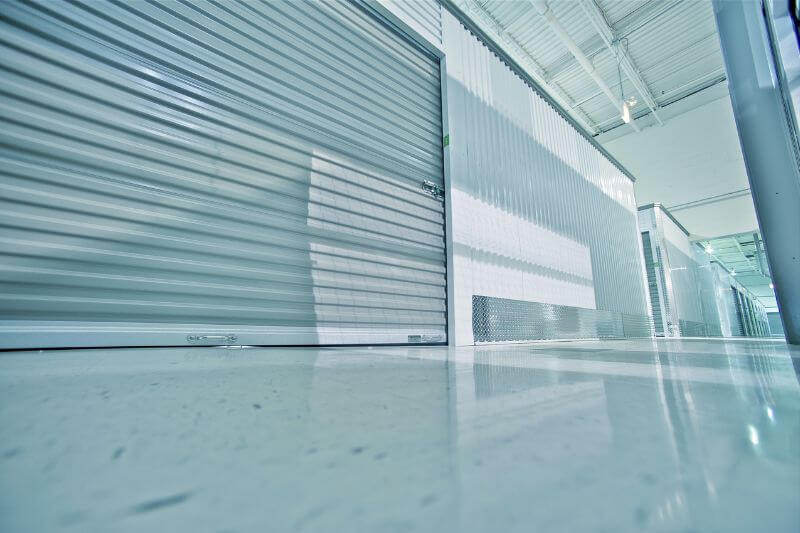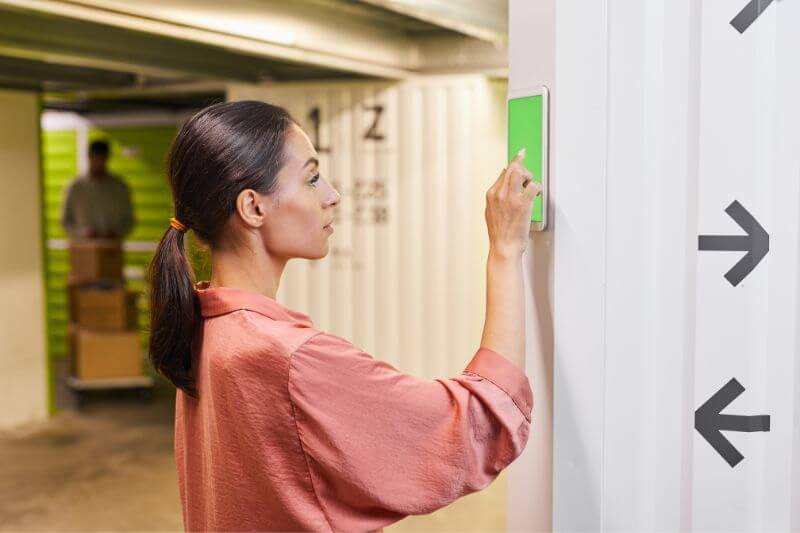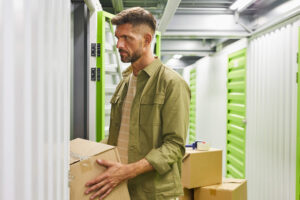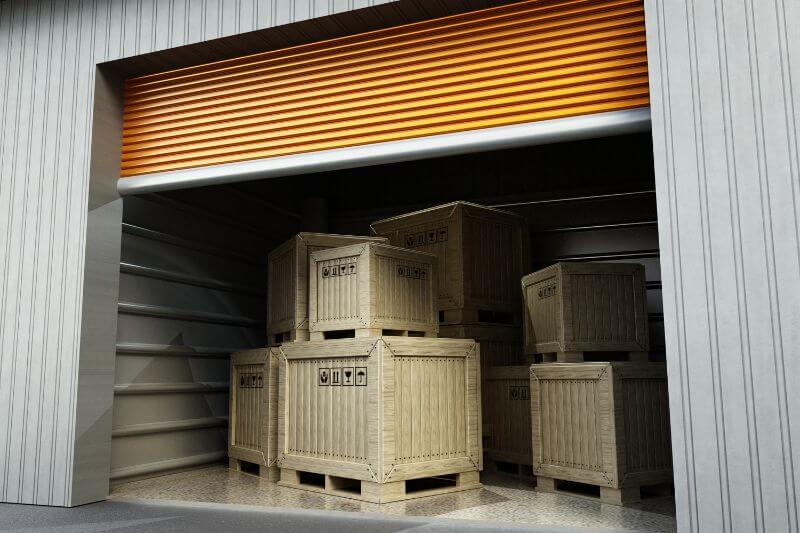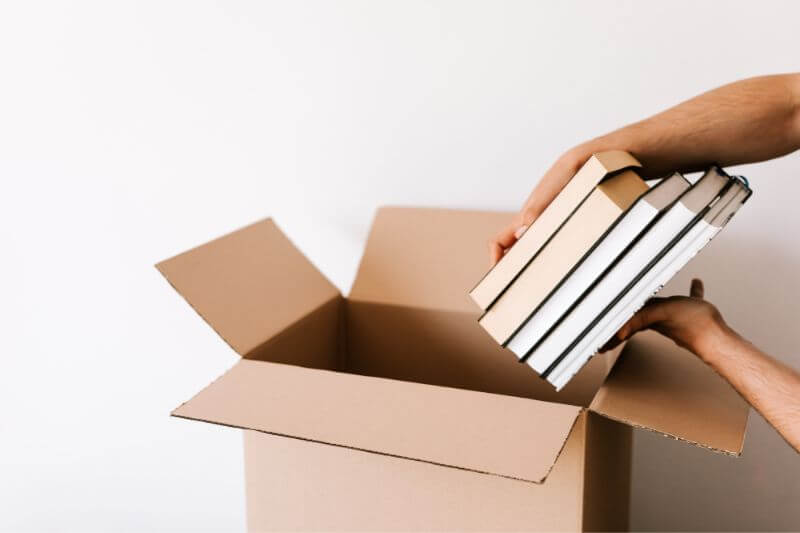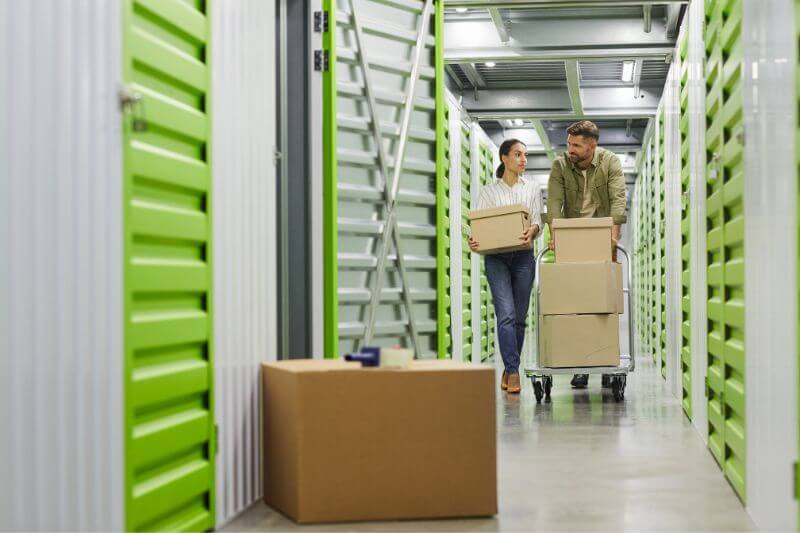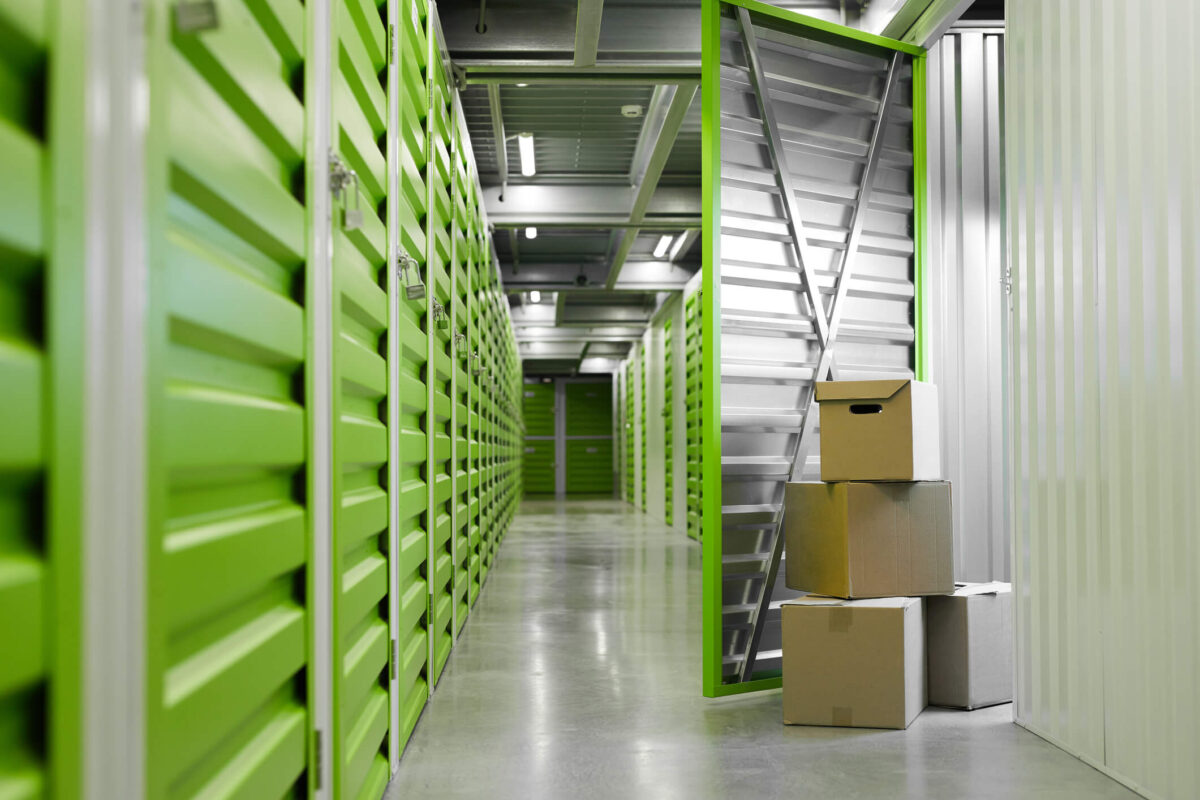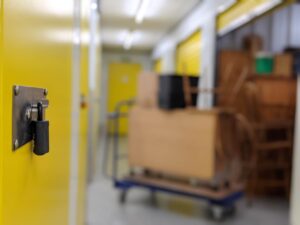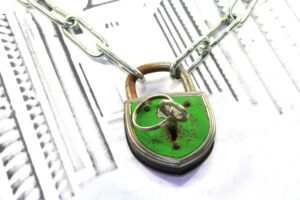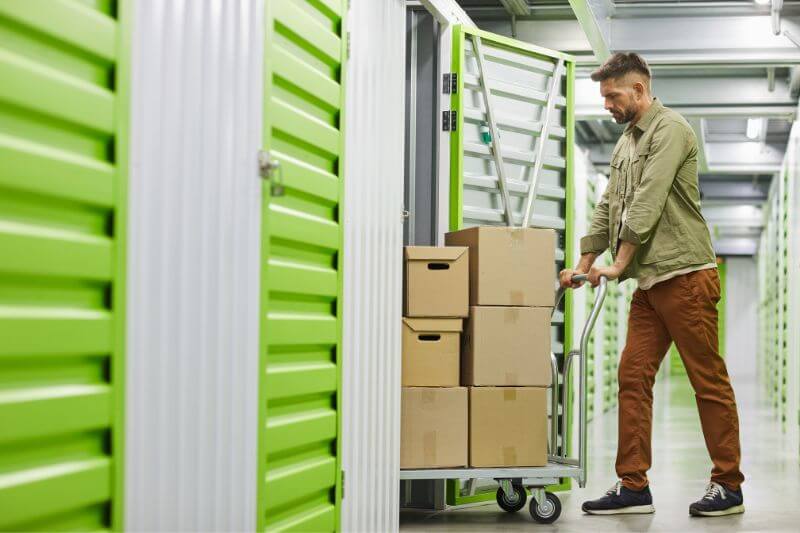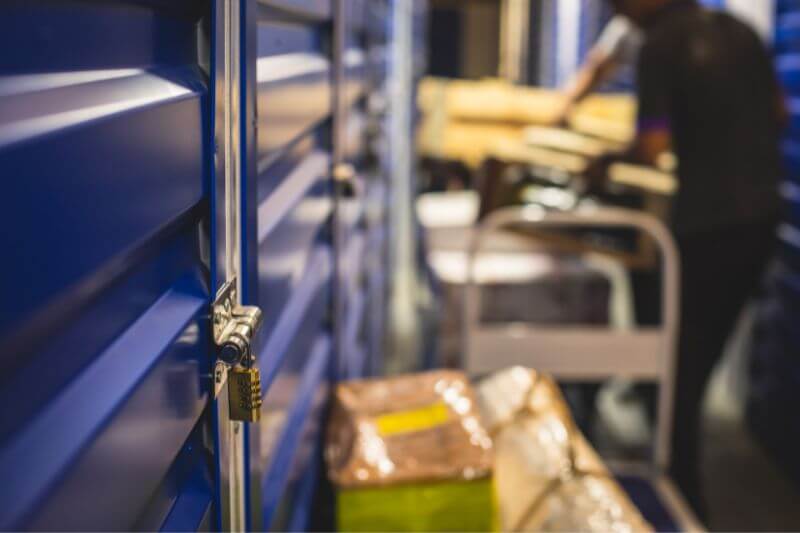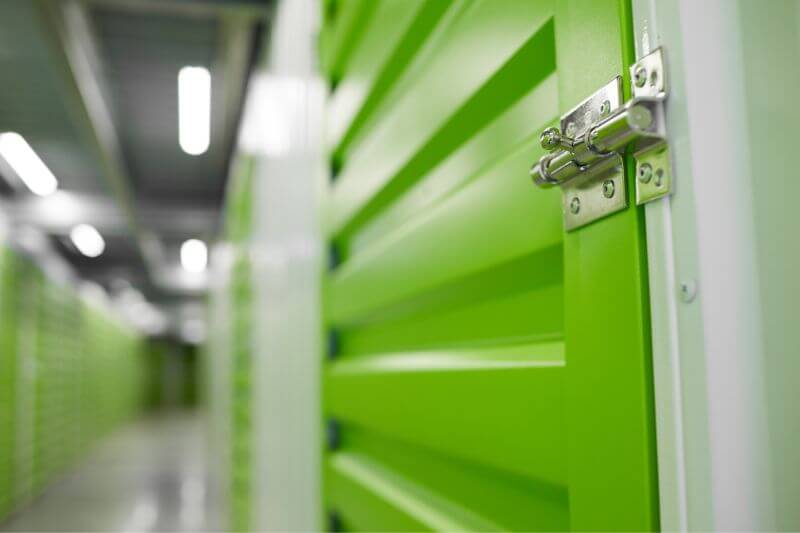Welcome to McDowell Mountain Community Storage! We understand the importance of keeping your belongings safe and secure while they’re stored with us. One of the challenges many storage unit renters face is keeping rodents and pests away from their belongings. Rodents and pests damage items and can pose health and storage risks. Fortunately, there are several strategies you can implement to protect your stored items from these unwanted intruders. In this blog, we will delve more into how to keep rodents and pests out of your storage unit.
1. Choose a Well-Maintained Storage Unit
When you pick out a storage unit, you must ensure it’s in good shape to keep your stuff safe from bugs and critters. Look closely at the walls, floors, and vents to check for holes or cracks that could let pests in. It’s wise to go with a company like McDowell Mountain Community Storage because they ensure their units are always in top-notch condition. This not only keeps pests out but also gives your belongings extra protection.
When your storage units are well-sealed and taken care of, you don’t have to worry about bugs or rodents entering your furniture, mattresses, clothing, or linens. Plus, you can trust that your things are safe from moisture or mold problems. So, when organizing your storage unit, remember to keep it clean and tidy.
Avoid storing food or anything with a strong smell, as these can attract pests. Instead, use plastic totes or bins with tight lids to keep everything secure. You can even try using natural repellents, such as lavender scents or mothballs, to keep critters away.
These simple steps can go a long way in keeping your belongings safe in self storage facilities like McDowell Mountain Community Storage.
2. Keep Your Unit Clean and Organized
Keeping your storage unit clean and organized is essential for preventing pests and protecting your belongings. Clear out any clutter and store items on shelves or pallets to keep them off the ground, which deters rodents and bugs from making nests. Use sturdy plastic bins with tight lids instead of cardboard boxes, as pests can easily chew through cardboard.
Regularly clean your unit, wipe down surfaces, and avoid leaving food or garbage inside to remove potential bait for pests. Organizing your items also helps you spot signs of pests, like droppings or holes, so you can immediately take action.
At McDowell Mountain Community Storage, we emphasize the importance of cleanliness and organization for pest control. We urge our renters to follow these tips to keep their belongings safe from mice, bugs, and other pests.
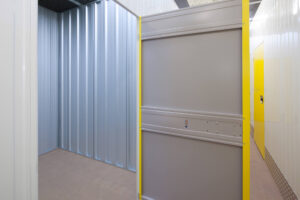
3. Seal Entry Points
Sealing entry points is a crucial step in preventing rodents and pests from infiltrating your storage unit. These unwanted intruders can squeeze through even the tiniest gaps and cracks, gaining access to your stored belongings. By thoroughly inspecting the unit for any openings, including gaps around doors, windows, vents, and pipes, you can identify potential entry points for pests.
Once identified, it’s essential to use appropriate materials such as caulk, weatherstripping, or sealant to seal these gaps effectively. Ensuring that doors and windows close tightly further reinforces the barriers against pests. By eliminating these entry points, you create a formidable defense against rodents and pests, significantly reducing the likelihood of infestation.
Additionally, proactive sealing measures not only keep pests out but also help maintain optimal temperature and humidity levels within the storage unit, preserving the condition of your belongings. Regular inspections and maintenance to reinforce seals and address any new openings are vital for long-term pest prevention efforts.
4. Elevate Your Items
Storing your belongings off the ground is a wise move to keep them safe from pests and moisture in your storage unit. Using pallets or shelves helps organize your items, creating a barrier between them and potential critters or dampness on the floor. This simple step can significantly preserve your belongings over time.
Elevating items lowers the storage risks of pests coming into contact with your stuff and reduces the chance of moisture seeping into boxes or containers, preventing mold or mildew damage. Plus, with items off the ground, rodents have fewer hiding spots, making it harder for them to nest and multiply. This cuts down on pest problems significantly.
Additionally, keeping your belongings elevated makes spotting and dealing with pest issues promptly easier. Investing in pallets or shelves is an innovative and simple way to protect your stored items and maintain a pest-free storage environment.
5. Use Pest-Resistant Storage Containers:
Opting for durable, pest-resistant storage containers made from plastic or metal is a smart move to keep your belongings safe and organized. Unlike cardboard boxes, which rats and insects can easily chew through, these sturdy containers are a strong defense against pests.
Choosing plastic or metal makes your storage space less appealing to rodents and insects. Additionally, sealing containers tightly with lids provides extra protection, making it harder for pests to get inside. Consider using airtight containers for items especially prone to damage from pests or moisture, such as clothing, documents, or electronics. These specialized containers keep pests out and help maintain the ideal conditions for preserving your stored items.
By prioritizing using durable, pest-resistant containers and ensuring they are tightly sealed, you can significantly reduce the risk of pest infestation and ensure the long-term protection of your stored belongings.
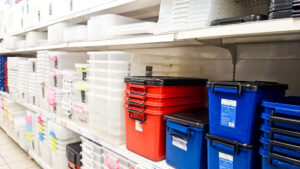
6. Utilize Pest Deterrents or Repellents
Introducing pest deterrents into your strategy can significantly boost your efforts to keep rodents and pests away from your storage unit. Natural repellents like peppermint oil, mothballs, and cedar blocks provide effective solutions without harsh chemicals. However, if you prefer a more robust solution, using a commercial rodent repellent like ultrasonic pest repellers or rodent bait stations can offer greater assurance that your storage unit will remain rodent-free.
Peppermint oil emits a strong scent that bugs and rodents dislike, keeping them out of your storage space. Mothballs release vapors that repel various pests, from moths to rodents. Cedar blocks, with their natural oils, also deter pests effectively. These options are eco-friendly and safe around your belongings. Additionally, traps and bait stations can target specific pests.
Traps catch rodents without poison, while bait stations offer controlled bait delivery. Follow instructions carefully for best results and safety. Using these repellents and products together creates a strong defense against pests and effectively protects your stored items.
7. Monitor Your Unit
Regularly inspecting your storage unit is essential to promptly identify and address any signs of pests before they escalate into significant problems. During these inspections, carefully examine for indicators such as droppings, bite marks, or nests, which could indicate the presence of rodents or pests. Swiftly addressing these issues is crucial in preventing pest infestations from spreading and causing damage to your stored belongings.
Additionally, consider utilizing measures such as motion-activated lights or security cameras to enhance pest deterrence and surveillance within your storage facility. Motion-activated lights effectively scare off pests, discouraging them from lingering in your unit, while security cameras visually monitor activities around your possessions.
By consistently conducting inspections and implementing these preventative measures, you can effectively keep pests at bay and ensure the safety of your stored items. Proper ventilation should also be considered to prevent moisture buildup, which can attract pests.
Conclusion
Keeping rodents and pests out of your storage unit requires proactive measures and regular maintenance. By choosing a clean facility, sealing entry points, elevating your items, using pest-resistant containers, practicing cleanliness, utilizing deterrents, and monitoring your unit, you can create an inhospitable environment for unwanted intruders. Protect your stored belongings and enjoy peace of mind, knowing your storage space remains pest-free.
Reserve Your Storage Unit Today!
At McDowell Mountain Community Storage, we can help you keep rodents and pests out of your storage facility in Scottsdale, AZ. That’s why our professional team conducts regular inspections throughout our facility, ensuring early detection and swift resolution of any pest-related issues.
As part of our proactive approach to pest control, we employ various deterrents, including strategically placed cotton balls soaked in peppermint oil to repel rodents and bug spray treatments in targeted areas. By addressing pest problems promptly and effectively, we maintain a pest-free environment for our tenants, giving them peace of mind knowing their items are secure.
With McDowell Mountain Community Storage, you can trust that your valuables are in capable hands. Contact us today at (602) 899-5484 to learn more about our comprehensive pest control measures and how we can help safeguard your belongings!
FAQs
Here are some frequently asked questions on how to keep rodents and pests out of your storage unit:
Q. What types of traps or baits are effective in controlling pests in a storage unit?
Effective traps or baits for controlling pests in a storage unit include snap traps, glue traps, and bait stations. Snap traps are commonly used for catching rodents like mice and rats, while glue traps can be effective for catching insects and minor pests. Bait stations containing poisoned bait are another option, particularly for rodent control, but should be used with caution in areas accessible to pets or children. It’s essential to choose traps or baits appropriate for the specific pests you’re targeting and to follow safety guidelines and regulations when using them in a storage unit.
Q. How to regularly inspect and monitor for signs of pest activity in a storage facility?
Regularly inspecting and monitoring for signs of pest activity in a storage facility involves several key steps:
- Conduct visual inspections of all areas, including corners, walls, and ceilings, looking for evidence such as droppings, gnaw marks, or nests.
- Check for any entry points, like gaps around doors or windows, that pests could use to access the facility. Utilize pest monitoring tools like traps or bait stations strategically placed throughout the facility to detect and capture any pests present.
- Maintain cleanliness by regularly cleaning and removing any food sources or debris that could attract pests.
Consistent and thorough inspections are crucial for early detection and effective pest management in a storage facility.


